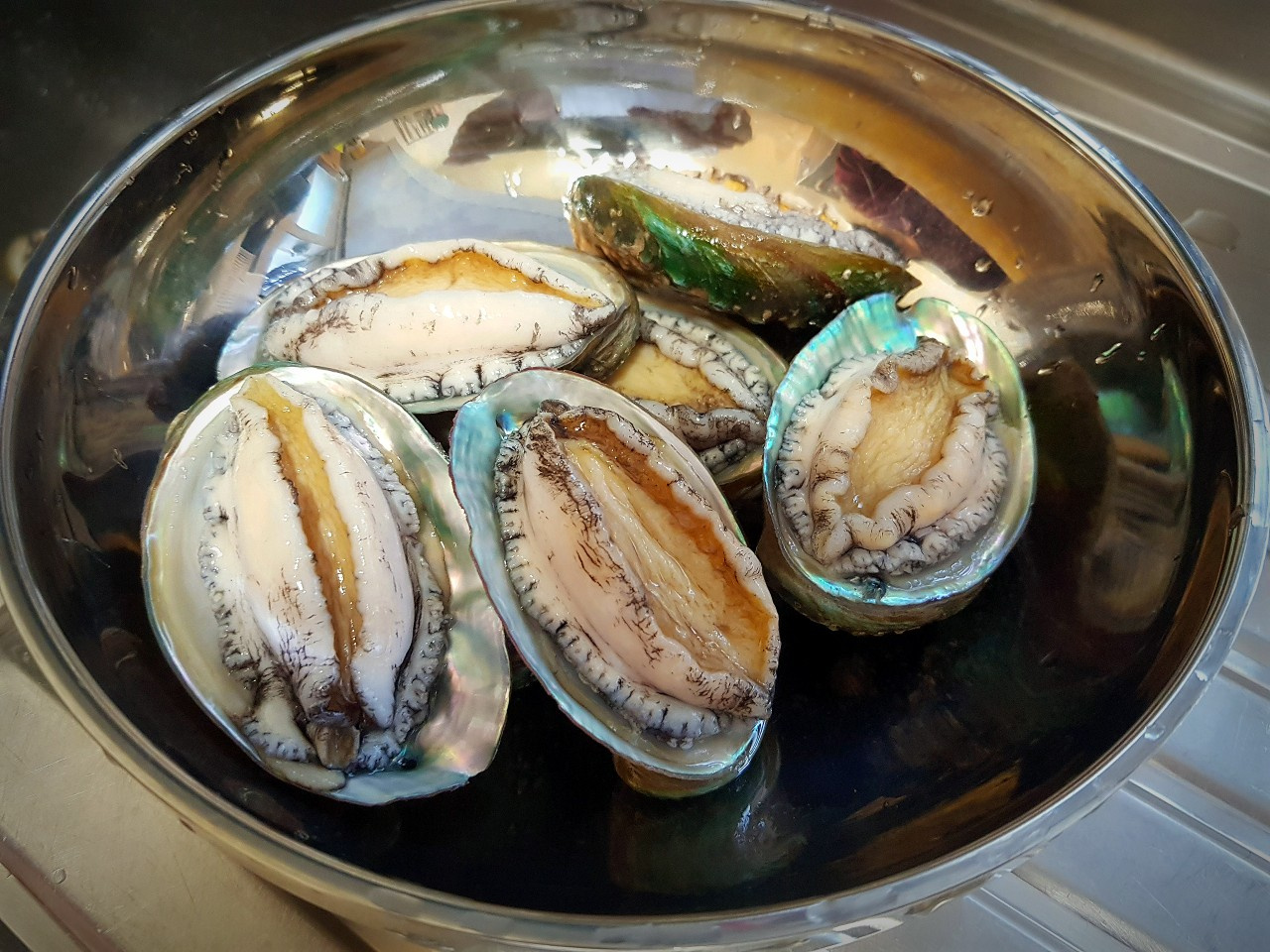How to Prepare Abalone: Easy Steps for Perfect Cleaning!
Mastering Abalone Preparation: A Simple Guide for Everyone

Is preparing fresh abalone intimidating? This guide breaks down the essential steps to clean and prepare abalone perfectly, ensuring you can enjoy its chewy texture and rich oceanic flavor. From selecting fresh abalone to proper cleaning and storage tips, we’ve got you covered. Now you can enjoy fresh abalone at home like a pro!
Essential Ingredients- 16 fresh abalones
Cooking Instructions
Step 1
First, let’s clean the exterior of the fresh abalone. Under running water, scrub the shell thoroughly with a toothbrush to remove any barnacles, seaweed, or debris. This ensures your abalone is hygienic and ready for cooking.

Step 2
Now, it’s time to separate the abalone meat from its shell. Place the cleaned abalone on a cutting board. You can use a spoon or a specialized knife to detach the meat from the shell. This step might seem tricky, but don’t worry, the next steps will provide detailed tips.

Step 3
Here’s how to use a spoon to separate the abalone meat from the shell. Carefully insert the tip of the spoon into the gap between the shell and the abalone meat, ideally at the pointed end of the shell.

Step 4
Once the spoon is inserted into the shell, press the spoon firmly against the inside of the shell and lever it upwards to detach the meat. It’s important to keep the spoon as close to the shell as possible to avoid bursting the abalone’s innards, which can make a mess. This technique will help you cleanly separate the chewy meat.

Step 5
After successfully separating the abalone meat from the shell, we need to remove the ‘beak’ or ‘teeth’. Look closely around the mouth area of the abalone meat; you’ll find a hard, white part. Removing this part will improve the texture and make the abalone more pleasant to eat.

Step 6
Here’s a detailed method for removing the abalone beak. On the side where the mouth was, you’ll notice a dark, somewhat blunt area at the end. By carefully making a shallow, angled cut with your knife just above this dark part, the hard beak will be exposed and can be easily removed. Be careful not to cut too deep.

Step 7
Now, let’s separate the abalone meat from its dark green innards. Use your knife to carefully detach the innards from the meat. The innards can sometimes have a bitter taste and are often discarded depending on the recipe. Please be cautious, as the abalone can be slippery, so proceed slowly and carefully.

Step 8
Here you can see the abalone meat and innards neatly separated after following the previous steps. They are now ready for their respective uses in your culinary creations.

Step 9
Don’t discard the separated abalone innards! They can be pureed and stored to make an excellent broth or sauce base. Blend them until smooth, then store in an airtight container in the freezer. They are particularly useful for adding a deep, rich flavor to abalone porridge (juk).

Step 10
The cleaned abalone meat can be used immediately or stored for later convenience. Rinse the abalone meat once more under clean water and pat it dry. Place it in a resealable bag (like a Ziploc bag) and store it in the freezer. When you’re ready to use it, thaw it in the refrigerator or at room temperature before cooking. This way, you can enjoy delicious and tender abalone dishes anytime!



